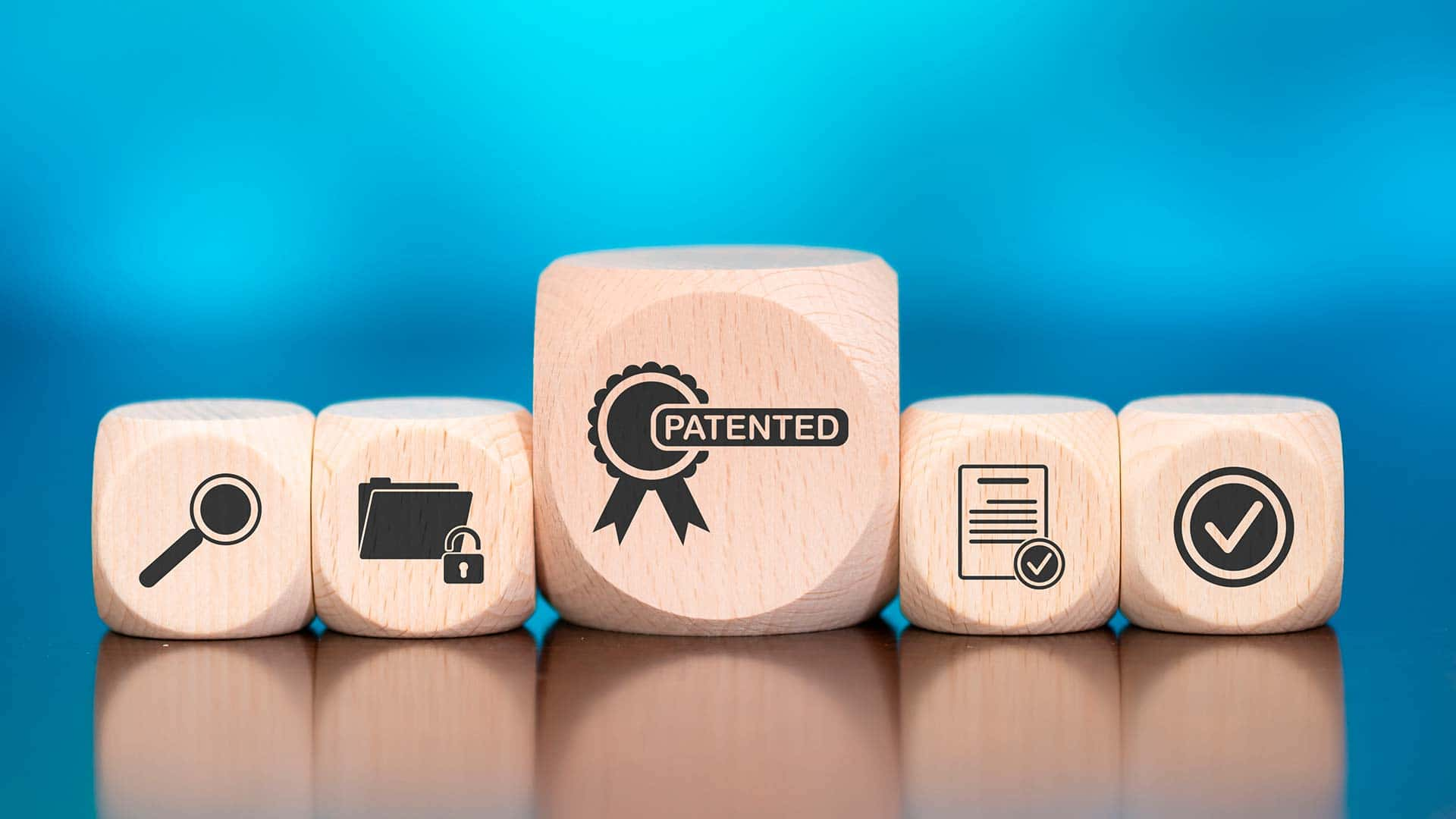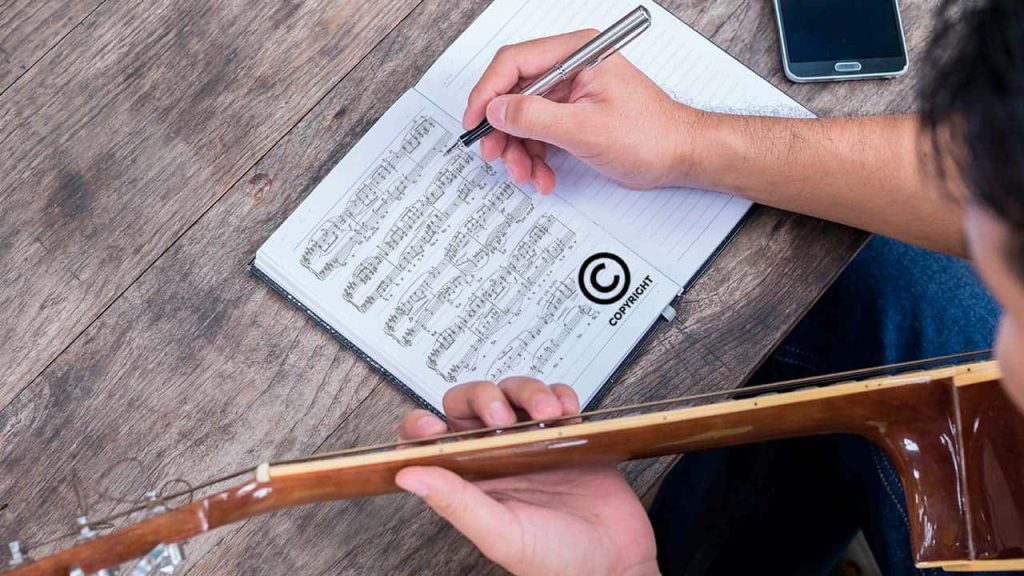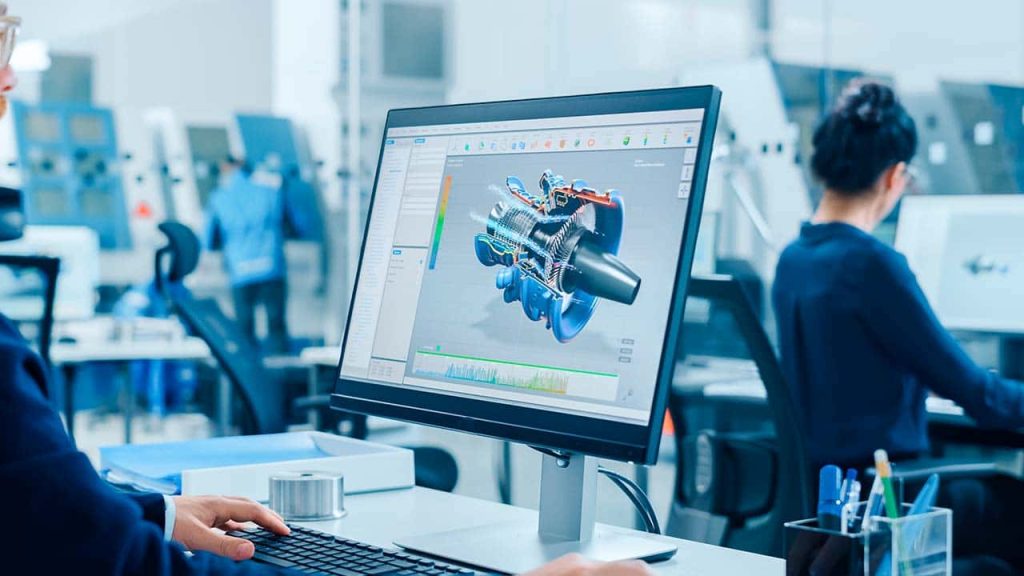
What is intellectual property and how should you protect it?
If thinking is your main working tool, you should know what intellectual property is to protect your creations.
Intellectual property (IP) is the property right associated with any creation produced by the human mind. It covers artistic, literary and academic works, inventions, symbols, computer programs, trademarks and commercial signs.
Intellectual property is divided into two categories:
1) Industrial property.
It includes patents, trademarks, industrial designs and geographical indications. Its scope of protection is exclusively commercial.
2) Copyright
It covers literary works, films, music, artistic works and architectural designs. It is reserved for the protection of unique creations, which embody the author’s personality and cannot be produced industrially or in series.

What is intellectual property?
Intellectual property, like any other type of right, allows the author of a work to enjoy the benefits derived from it.
It was first recognized in the Paris Convention for the Protection of Industrial Property (1883), an international agreement to help creators protect their intellectual works in other countrie. A few years later, in the Berne Convention for the Protection of Literary and Artistic Works (1886), which provides authors with the means to control the use and conditions of their works.
Both treaties are administered by the World Intellectual Property Organization (WIPO), whose objective is “to ensure the protection of the rights of creators and owners of intellectual property worldwide”.
Types of intellectual property
According to WIPO, there are different categories of intellectual property, each protecting different types of works:
Copyrights
They protect authors for their literary and artistic works (novels, poems, plays, reference documents, newspapers, advertisements, computer programs, databases, films, musical compositions, choreographies, paintings, drawings, photographs, sculptural works, architectural works, maps and technical drawings).
Copyrights include moral rights, acquired by the author by the mere fact of creating the work, and economic rights, which regulate the economic exploitation of the registered work.
Patents
Patents are exclusive rights granted on an invention that constitute a new way of doing something, or propose a new technical solution to a problem. A patent grants the author exclusive rights for a limited period of time, usually 20 years. For example, a product or process can be patented.
Trademarks
A trademark is a distinctive sign indicating that goods or services have been produced or provided by a person or company. As a result, consumers can identify and purchase a product or service with specific quality and characteristics (indicated by the trademark).
Geographical indications
These are signs used on products that have a specific geographical origin and therefore have certain qualities or reputation. A clear example would be agricultural products, since the place of production influences specific factors such as soil or climate. They are also used to associate a product with traditional manufacturing techniques and methods specific to a country or city.
Industrial designs
Industrial designs refer to the aesthetic or ornamental aspect of a product, as they encompass three- or two-dimensional features, as well as configuration, lines or color. A wide variety of industrial and handicraft products fall into this category. From technical instruments, watches and jewelry to household appliances and architectural structures.

Trade secrets
Refers to confidential information that can be sold or licensed. The unauthorized acquisition, use or disclosure of such confidential information by others is considered an unfair practice and a violation of trade secret protection.
How to protect intellectual property?
As we have seen at the beginning of the article, intellectual property is divided into two categories: industrial property and copyright.
It is important to clarify that both copyright and industrial property registrations operate independently in each country. In order to protect a design at the international level it must be registered in each of the states where plagiarism is to be avoided.
In order to facilitate registration for creators of literary and artistic works, Safe Creative has an express online registration system. It complies with the guidelines of the Berne Convention, so that the registration is valid in all signatory countries.
